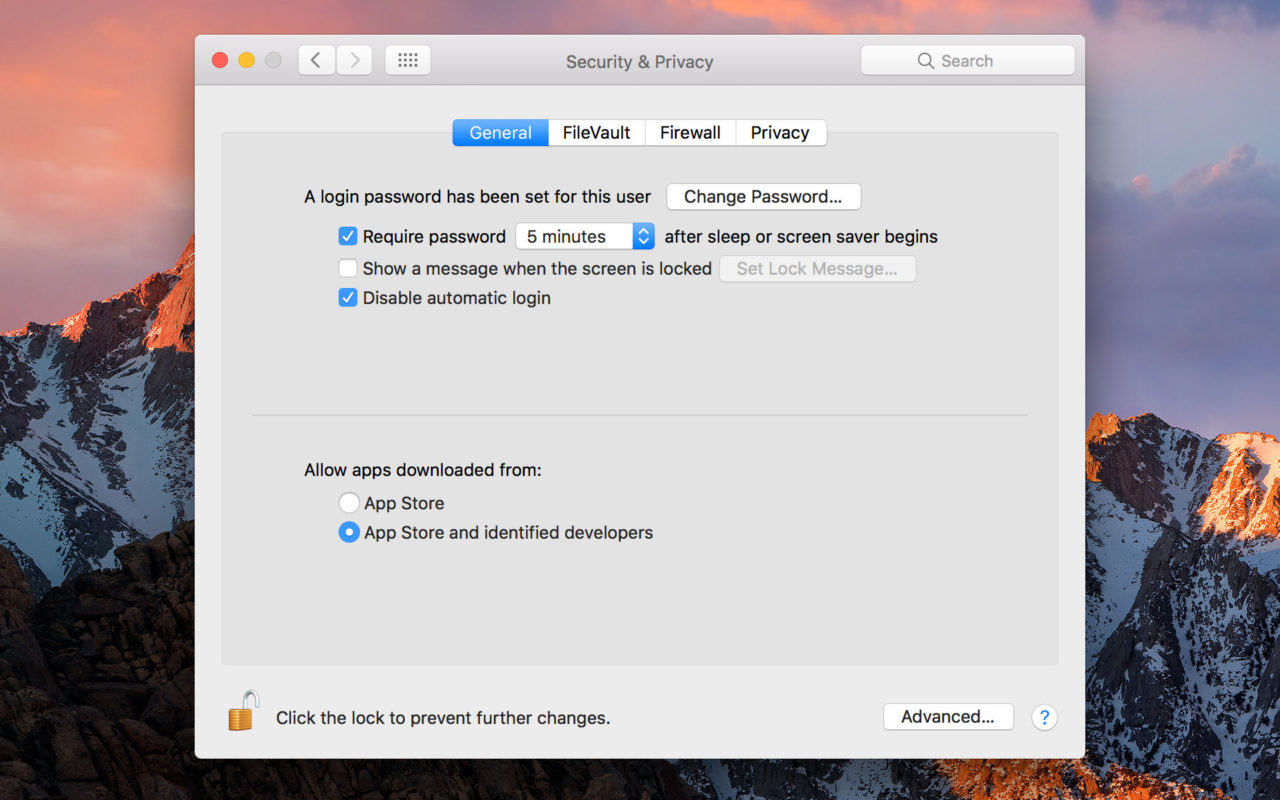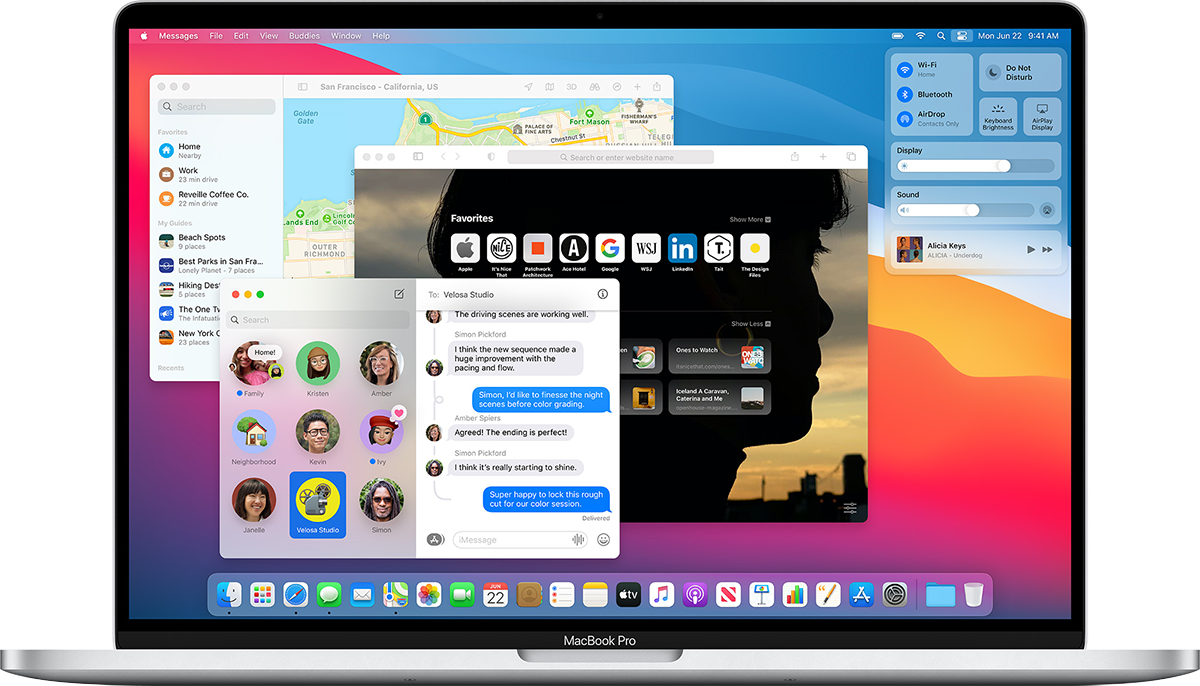Name: 123MacTorrent.ComAweCleaner4.9TNTCR2.dmg.torrent Size: 6 MB Files 123MacTorrent.ComAweCleaner4.9TNTCR2.dmg 6 MB.torrent Download AweCleaner Professional 4.9 macOS AweCleaner is an all-in-one Mac cleaner which not only can help Mac users to easily and quickly clean up all. Kills the CPU on a Mac This app is just fine on mobile platforms. My brand new Macbook Pro with 8GB of RAM was running the fan like crazy and couldn't even keep websites loaded. I checked the wifi, closed and reloaded tabs, did updates, etc. Nothing helped, and I was feeling like a I might have a serious problem.
TNT Basic allows anyone, regardless of previous experience, to make games for the Mac. Its amazingly easy to use development environment allows you to compose all your game's graphics, sounds, music and code with simplicity and ease.'But I Can't Program!': I suppose this is where you expect us to say 'You don't need to - you just click a few buttons and your game's ready!'. Sorry, but not with TNT Basic. Games produced with such 'click and play' creator kits are extremely limited in their functionality, there are after all only so many different games you can make by clicking a few buttons. Games produced by such tools tend to all have the same look and feel. You'll never create anything special with your hands tied and we want you to create something unique and special. TNT Basic gives you complete freedom to create, and it's so easy to use, that you'll wonder why anyone would use underpowered point and click game creation interfaces in the first place. You Can Program! In TNT Basic you write in a simplified beginners' programming language called basic. It's incredibly easy to learn and TNT Basic's on-line help system will assist you all the way from your first steps to your finished game. Check out our Learn To Program Tutorials, you'll be coding in no time!
If you want to see what making a game in TNT Basic entails, why not take an on-line trip around TNT Basic's editing experience here...
Making games is a lot of fun, and our philosophy is that is should be easy enough that everyone can do it. Why not download TNT Basic today and experiment with our unique Game-In-60 tutorials? You can make your first game in under 60 minutes! Or download some free TNT Basic Games and follow our hacking guides to change the games and add cheats! Making games is easier than you think, the only limit is your imagination. You can use TNT Basic freely for 30 days while you evaluate it. After that TNT Basic will prompt you occasionally about registering. TNT Basic will not stop working if you neglect to register. Everything works in the unregistered TNT Basic except for the build standalone game command.

“Treeanalysis using New Technology”
Goloboff,Farris, & Nixon, 2003


TNT stands for 'Tree analysisusing New Technology'. It is a program for phylogenetic analysisunder parsimony (with very fast tree-searching algorithms; Nixon,1999, Cladistics 15:407-406; Goloboff, 1999, Cladistics 15:407-428),as well as extensive tree handling and diagnosis capabilities. It isa joint project by Pablo Goloboff, James Farris, and Kevin Nixon.
TheWilli Hennig Society
As of November 2007, the project was subsidized by the WilliHennig Society, and thus the program is now made freelyavailable, upon agreement on the terms of the license presented byTNT when it is run for the first time in a machine (a copy of thelicense can be found here).The license provided is a single-user license, and the most importantrequirements are that the program is not posted in other websites ormirrors, and that when publishing results you acknowledge having usedthe Willi Hennig Society edition of TNT and cite the paper describing this version of the program (Goloboff & Catalano, 2016, Cladistics, DOI 10.1111/cla.12160)
Notes to run TNT in parallel, under Linux or Mac.-You have to install PVM inyour machine, and copy the binary file to the PVM directory forbinaries (either to $PVM_ROOT/bin/LINUX, or LINUX64, or DARWIN).Mixing 32 and 64 bit versions poses no problem, but binaries withlimits on number of taxa do not connect properly to binaries withoutsuch limit, and viceversa. To avoid mixing, you can rename thebinaries of any type (and make sure you copy identically renamedbinaries to the corresponding PVM directory). You should no longerhave problems compiling PVM, if you download a recent version(previous versions had problems with some compilers, but they havebeen fixed now --thanks, PVM guys!!).
Note on PVM and Mac 64.- The makefile provided withthe PVM package does not explicitly specify the -m64 switch (which,in at least some compilers/installations, is not the default, even in64 bit machines). The 32-bit daemon communicates correctly with TNT,but if you want to use PVM to transfer a LOT of data, having a 64-bitdaemon may be good to let it access more memory. If you want tocompile PVM for 64-bits, copy thismakefile to your $PVM_ROOT directory, then type 'make clean'followed by 'make install'.
Updates.- Updates are done regularly (often every 2 months or so). The last update was done on March 31, 2021 (note Linux 32 and Mac 32 are discontinued). Alist of recent additions and bugfixes is maintained here.
A simple, one-shot analysis is now included in the aquickie.runscript, which comes with all TNT versions. This runs a simpleanalysis with a search for most parsimonious trees (or asks whetheryou want to do a consensus estimation, if the data set is large),then calculates group supports using resampling. To run this underWindows, you first open your data set, and then open aquickie.run.Alternatively, to run the data contained in file 'filename.tnt'open a DOS shell, and type:
tnt filename.tnt ; aquickie ; [enter]
Linux/Mac.- You have to open the data file yourself,and then run the script. To do this, enter TNT and then type at thecommand line:
proc filename.tnt ; aquickie ; [enter]
The script will provide you with a few choices, then run theanalysis automatically.
The program GB2TNT (Goloboff & Catalano, 2012, Cladistics 28:503–513) provides an easy way to create data sets for TNT fromGenBank data (including all the taxonomic information from theGenBank files, so that it is easy to diagnose results and colordifferent taxonomic groups). The program and documentation (still inbeta; current version is 0.75) can be downloaded here.
The main documentation is in the file tnt.htm, andrecent additions or bugfixes are in the file BugFixes.htm;both of these are contained within all the packages (except thecharacter-mode Windows version). On-line help on all TNT commands canbe obtained with the help command. A generaldescription of TNT version 1.0 for Windows is in a QuickTutorial (a PowerPoint presentation; this is probably the easiest way to get started). Some example files for scripting come in the self-extracting files zipdruns.zip or tnt_scripts.zip,and additional scripts are here(with full documentation of the scripting language in a pdf file). Instructions to view large trees in Windows andprocess the taxonomy contained within taxon names (as in Goloboff et al., 2009, Cladistics 25:211-230) can be found here
Keep in mind that freezes/crashes might occassionally occur, and save results frequently. The program is intended only for strictly academic use, and is provided 'as is,' with no express or implied warranties. None of the authors of TNT is responsible in any way for any problems the program causes to your computer, your data, your career, or your life. A copy of the license agreement can be found here

Bug reports are appreciated, but please keep in mind that a bugreport, to be of any use, must include the version ofTNT (including date), the complete data file, and all the commandsnecessary to show the bug (or, at least, the exact sequence of menuoperations that consistently leads to a crash, freeze, ormiscalculation). Send bug reports to Pablo,with 'tnt bug report' in the subject.
Is Mac Software Tnt Safety
To properly view the trees drawn by TNT with extended ASCIIcharacters you will need to install the Tred.ttf font(available here).In Windows, you can just copy it to the Fonts directory (or installfrom control panel). In Linux or Mac, you will have to copy Tred.ttfto the directory where other True Type fonts (*.ttf) are located(probably something like /usr/X11R6/lib/X11/fonts/TTF/ in Mac, or/usr/share/fonts/truetype/ in Linux). The second step you need to do,for each file to view, is to convert it to unicode characters, usingthe converter to unicode (available for MacIntel, Linux32, and Linux64):
tounicode tnt_output_file unicode_file [enter]

Then, you can open unicode_file with OpenOffice, orthe like, select all text, and change font to Tred. The trees willthen look ok.